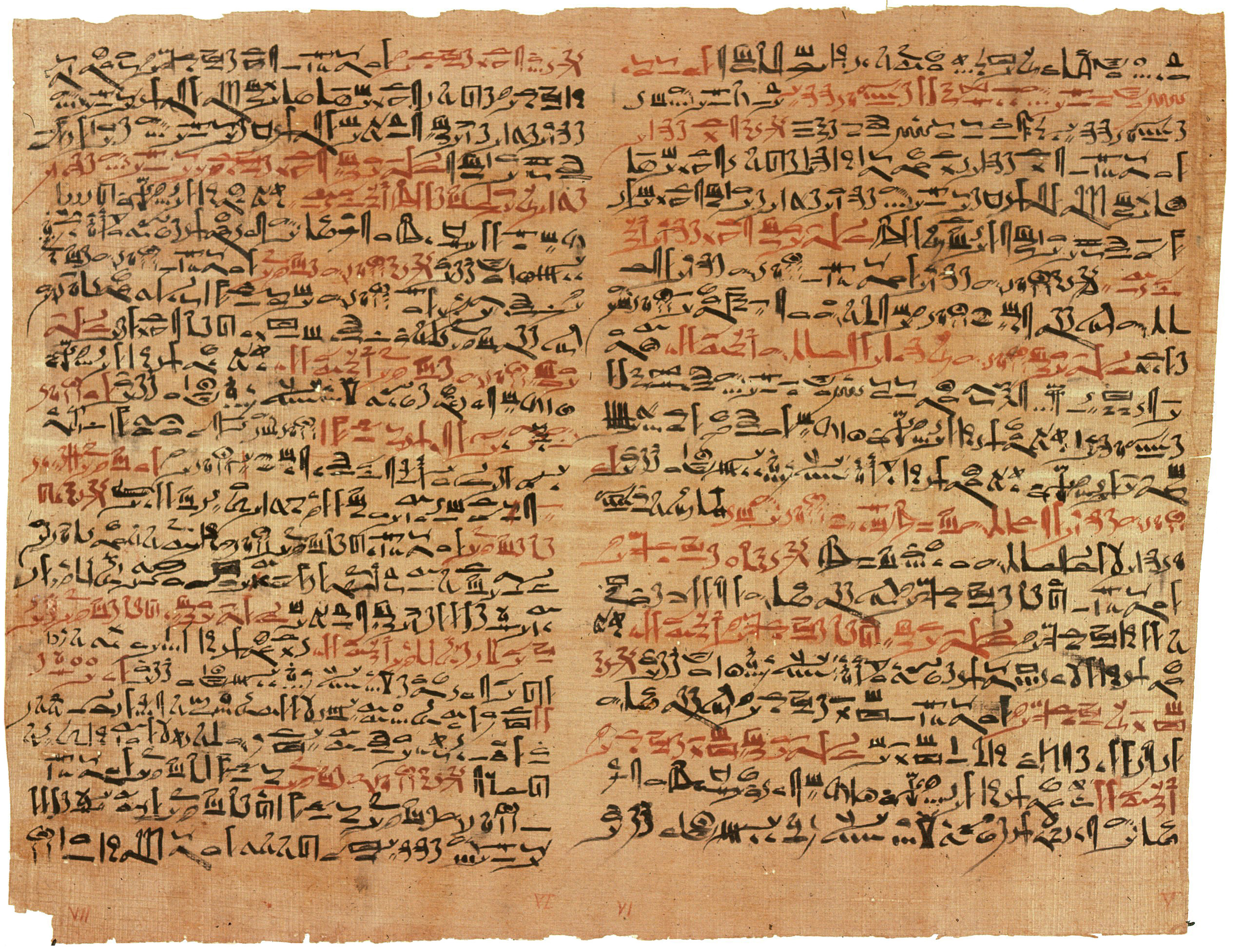Anyone who has ever watched The Mummy
will find it hard to say Imhotep without chanting it in a menacing
zombie voice. But the real Im-ho-tep was a long way from the silver
screen's lovesick hotty, hellbent on destroying Brendan Fraser. He
was chief architect to Pharaoh Djoser and one of the forefathers of
methodical medicine.
Unlike the Pharaoh he came to serve,
Imhotep wasn't born into wealth or power. He began life as a
commoner. Yet after his death he was described as the son of Ptah,
who was the chief God in Memphis, and the Greeks built temples in his
honour. So how did Imhotep achieve this stellar trajectory? In the
words of a small Belgian genius: Order and method.
These qualities define the Edwin-Smith
papyrus, a scroll that stretches to almost 5 metres in length and dates to
1700BC. While its author is unknown, the papyrus is thought to
have been copied from a far earlier scroll (circa 2500BC) which
detailed the teachings of Imhotep. The black and red hieroglyphs
scrawled across the papyrus outline 48 case histories, 8 spells and 5
prescriptions.
While the magic spells may capture the imagination,
and milk poured into the ears for neurological problems intrigues,
the true beauty of the papyrus lies in its deliciously mundane
commitment to order. The cases are lined up in a deeply
straightforward fashion, beginning at the head, before moving to the
neck, then the arms and torso. The content of each study is presented
in a divinely dull, disciplined manner that any medical student would
find recognisable: type of injury, examination, diagnosis, prognosis
and treatment. It is descriptive and detailed. Wounds should be
closed with sutures, spinal injuries immobilised. Duh. The
familiarity is electrifying. This is not new. It is very, very old.
Over 4,500 years old. Think about how long ago the time of Jesus et
al seems- 2000 years ago, its aaaages ago right? Well, that's how
Hippocrates would have felt about Imhotep's world which existed 2000
years before old Hippocrates drew his first breath or wore his first
nappy.
Yet ven back in antiquity Imhotep was
doing what every good medic, indeed every good scientist, would do
today- apply logic, turn the mystical into the familiar. The
foundations of medicine are as simple and solid as they were 4, 500
years ago. Those guiding principles of order and method were good
enough to make Imhotep a godlike figure. They're probably good enough
for us too.
While there is minimal mystique and
magic in the Edwin-Smith papyrus, Imhotep made up for it in his
death. There is no clear record of how or when he died and the
location of his tomb has eluded every explorer. Some might see this
as a loss, only Ra knows what wisdom Imhotep had buried with him for
the next life. But this is foolish. I hope Imhotep evades those who
wish to wake him from his slumber. After all, I've seen the movie....


No comments:
Post a Comment